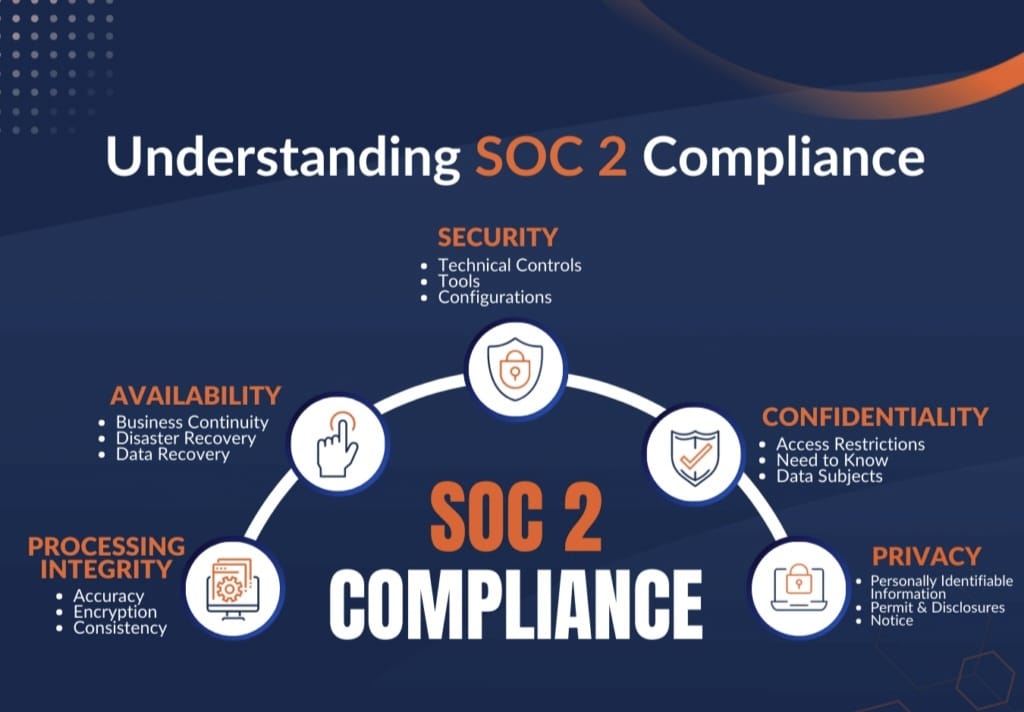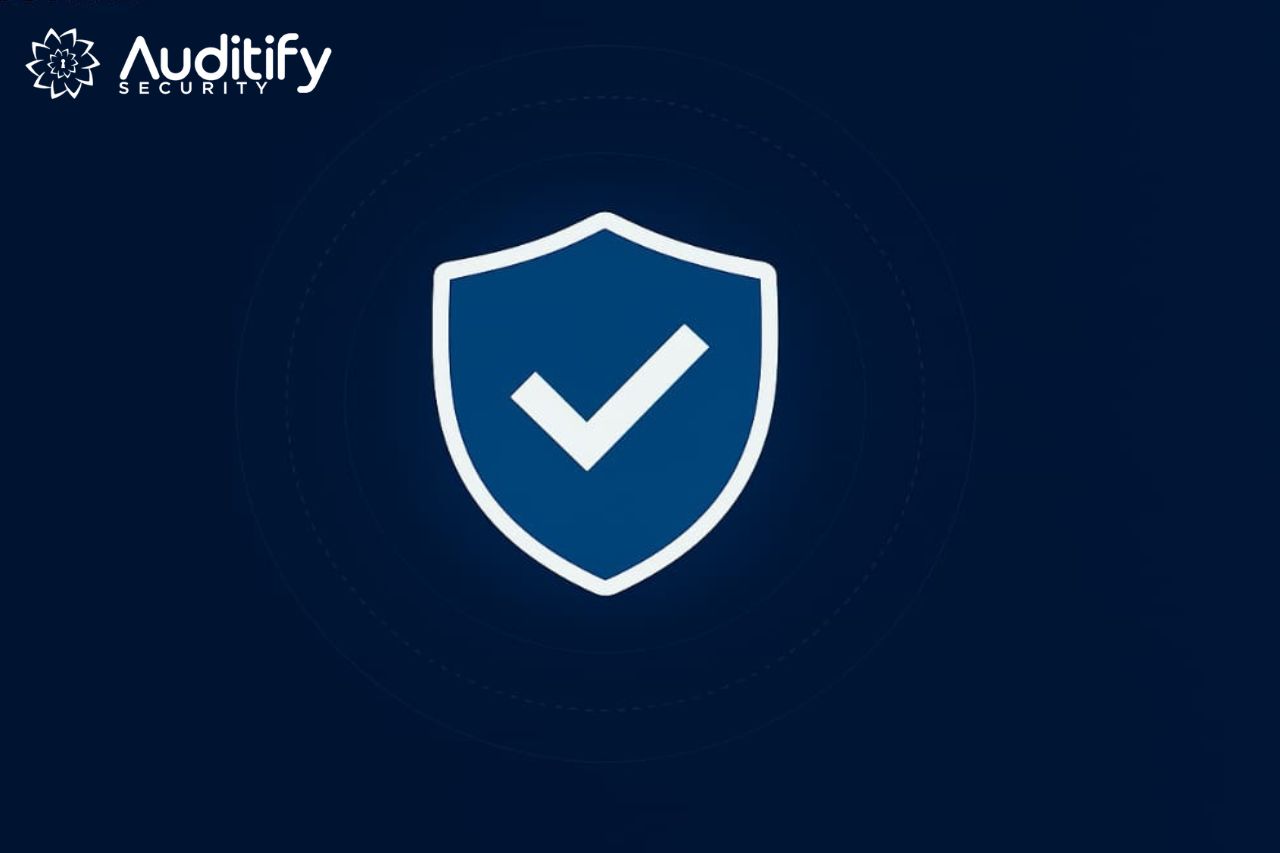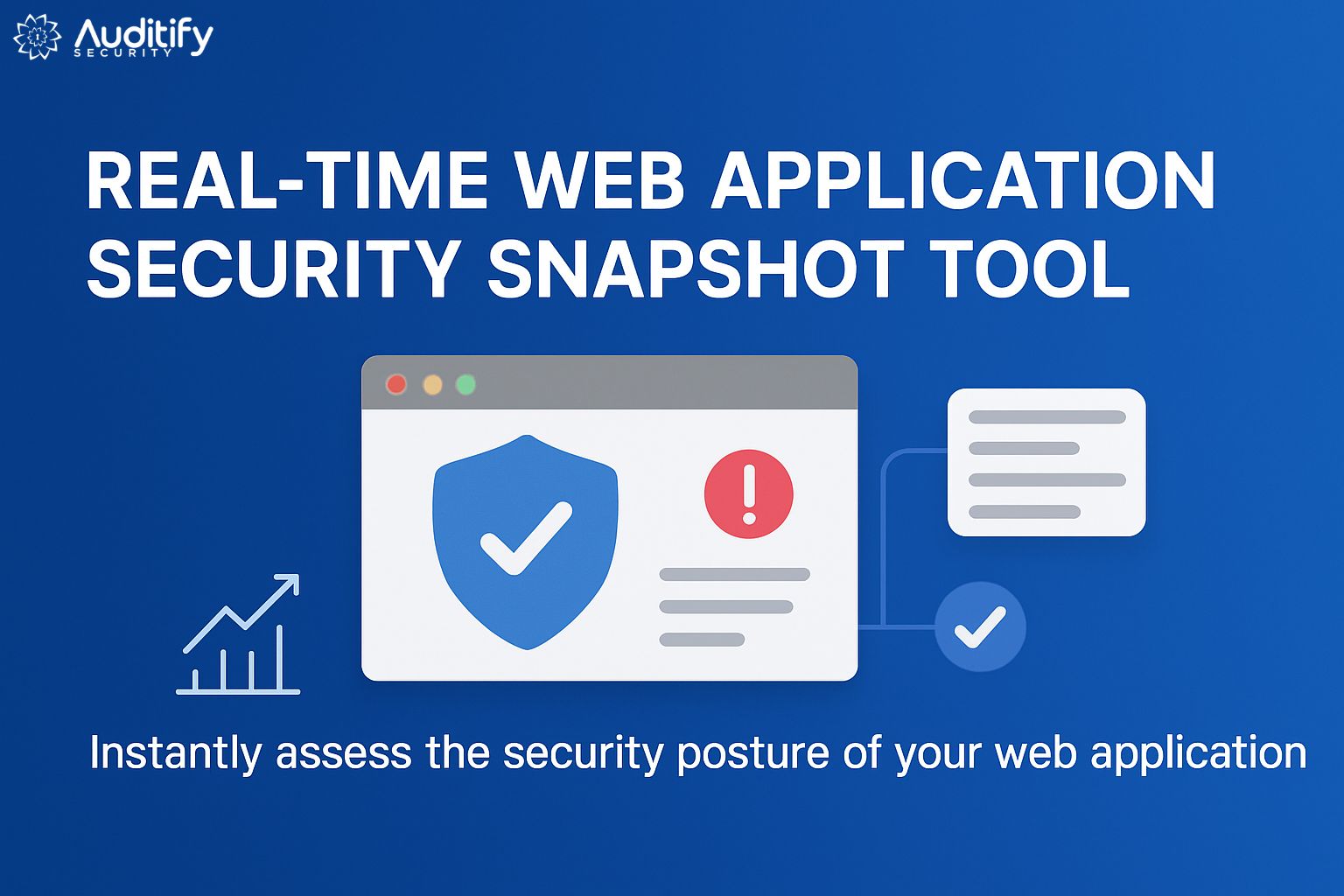Learn how to identify and fix weak controls before your SOC 2 audit to avoid costly exceptions. This guide from Auditify Security covers key steps like readiness assessments, control remediation, automation, and pre-audit testing to help you stay compliant and audit-ready.
SOC 2 compliance is no longer optional—it's a necessity for companies that handle sensitive customer data, especially in SaaS, fintech, healthcare, and cloud-native industries. But too many companies walk into their SOC 2 audit assuming they’re ready, only to be blindsided by weak or failing controls.
At Auditify Security, we’ve seen firsthand how small oversights can lead to major exceptions in audit reports. In this post, we’ll show you how to proactively identify and fix weak controls before your SOC 2 audit begins—saving you time, money, and credibility.
🔍 Why Weak Controls Are So Common
Weak controls don’t always stem from negligence. Often, they’re the result of:
Fast growth outpacing internal processes
Unclear accountability for compliance and control ownership
Lack of continuous monitoring or real-time visibility
Manual processes that don’t scale or lack documentation
The key isn’t to fear these weaknesses—but to find them early and address them systematically.
Step 1: Map Your SOC 2 Control Environment
Start by aligning your existing processes to the SOC 2 Trust Services Criteria (Security, Availability, Confidentiality, Processing Integrity, and Privacy). This means documenting:
Access control policies
Change management procedures
Incident response workflows
Risk assessments
Vendor management practices
Auditify Tip: Use our SOC 2 Control Mapper to cross-reference your environment with the TSC. This will highlight potential control gaps automatically.
Step 2: Run a Readiness Assessment
Before a formal audit, conduct a SOC 2 readiness assessment. This is essentially a mock audit where gaps and risks are identified without impacting your audit timeline.
What to Look For:
Policy-practice misalignment (e.g., password policy exists but is not enforced)
Missing documentation (e.g., change logs, access reviews, employee training)
Lack of evidence (e.g., no proof that controls are operating effectively)
Auditify Security provides readiness assessments that simulate real audit procedures—pinpointing weak spots in your controls before auditors do.
Step 3: Prioritize & Fix Control Weaknesses
Once you’ve identified gaps, not all of them need to be fixed at once. Categorize them by:
Severity: High-risk gaps like unrestricted access to production systems come first.
Frequency: Recurring process failures need deeper remediation.
Audit relevance: Focus on controls that are directly tied to the SOC 2 scope.
Fixing Common Weak Controls:
Auditify Security’s Control Remediation Toolkit offers templates, automated workflows, and best practices to accelerate these fixes.
Step 4: Automate Where Possible
Manual control management is risky and inefficient. Automating controls ensures consistency, helps gather audit evidence in real-time, and makes scaling security simpler.
What to Automate:
Employee onboarding/offboarding
Access reviews and role-based access control
Logging and monitoring
Policy acknowledgments and training tracking
Auditify integrates with leading tools (like Okta, AWS, Google Workspace, and Jira) to give you full visibility into your control posture—automatically syncing your compliance efforts.
Step 5: Test Your Controls Before the Auditor Does
After remediation, don’t wait for your auditor to tell you whether controls work—test them yourself.
Run internal audits or spot-checks:
Can you provide evidence that access was reviewed last quarter?
Do logs show failed login attempts?
Can you produce a record of employee training within the last 12 months?
Auditify Security clients use our built-in Control Evidence Tracker to verify control performance and collect supporting documentation ahead of audit day.
Final Thoughts: Compliance is Continuous
SOC 2 isn't a one-time project—it’s a continuous process. Identifying and fixing weak controls isn’t just about passing your audit—it’s about building trust with your customers and ensuring the resilience of your business.
With the right tools and a proactive mindset, you can reduce audit risk, improve security posture, and ensure smoother audits year after year.





